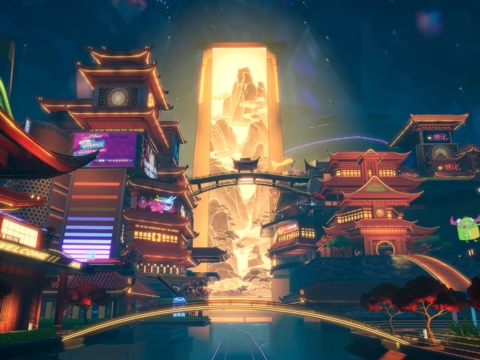The “MM” in “MMO” refers to “massively multiplayer,” but many MMOs don’t deliver on that promise. In fact, they often feel quite solitary, with zones appearing empty aside from a few AFK players in towns. Let’s explore the elements that truly give an MMO a massive multiplayer experience.
RuneScape excels in this aspect. Players are actively engaged everywhere — crafting, trading, gathering, and combat. The Grand Exchange remains constantly bustling. Similarly, Albion Online thrives on its player-driven economy, where everyone participates in a broader ecosystem that requires interaction. PvP zones are particularly vibrant and risky, with real players constantly on the move.
On the other hand, titles such as Phantasy Star Online 2: New Genesis and Tower of Fantasy may have substantial player counts, but they often go unnoticed. Their aesthetically pleasing worlds feel detached. More often than not, players find themselves in solo runs or instanced battles, rarely encountering one another.
Guild Wars 2 performs better in this regard, as its open-world events and bosses attract many players, creating a genuine sense of community regardless of precise numbers. Similarly, while Lost Ark is also heavily instanced, its bustling hubs and chaotic dungeons remind players they are part of a larger world.
Then, there are games like Trove and RIFT, which remain playable but often feel empty due to server fragmentation or dwindling player bases. Neverwinter and Star Wars: The Old Republic do boast devoted communities, yet their reliance on instancing can make the worlds feel more like lobbies than vast landscapes.
Ultimately, the term “massively multiplayer” isn’t solely about statistics. If I can’t perceive or sense the presence of other players, the magic simply vanishes. It’s not about the size of the game world — it’s about how it’s utilized. The finest MMORPGs breathe life into their realms, making them feel alive rather than just populated.
Related articles

Amazon Gaming Hit Hard by Reported Cuts
Oct 29, 2025













